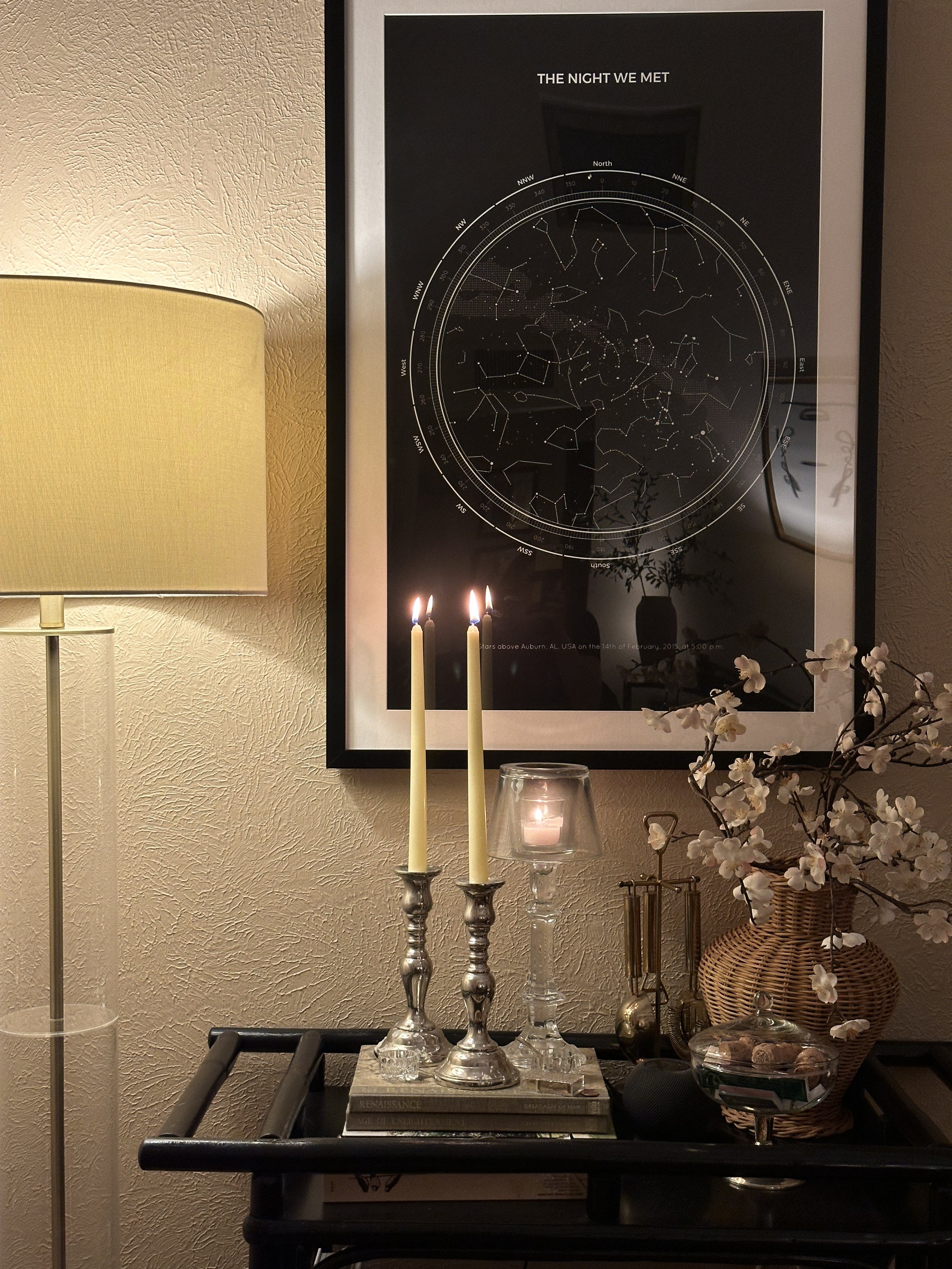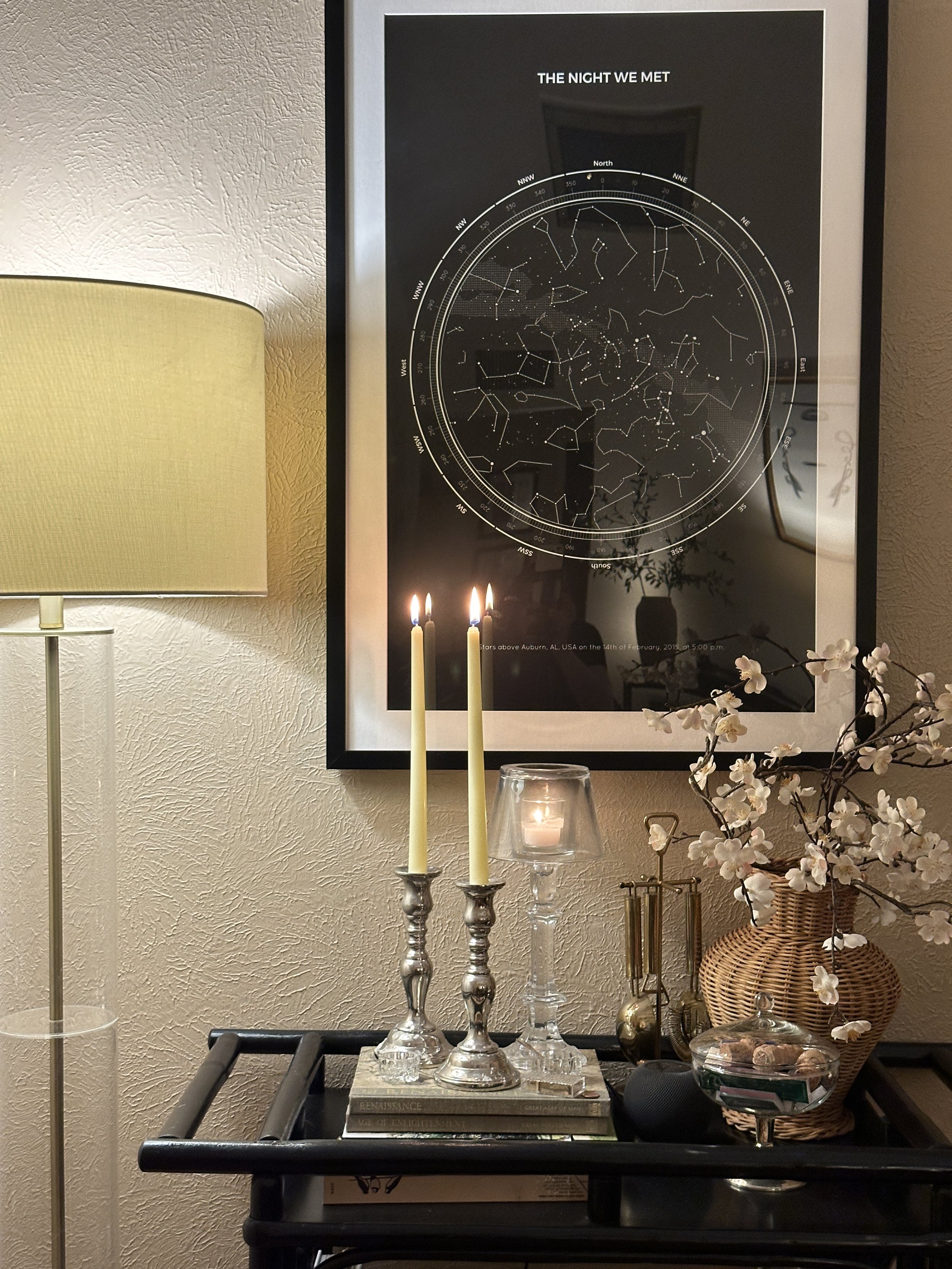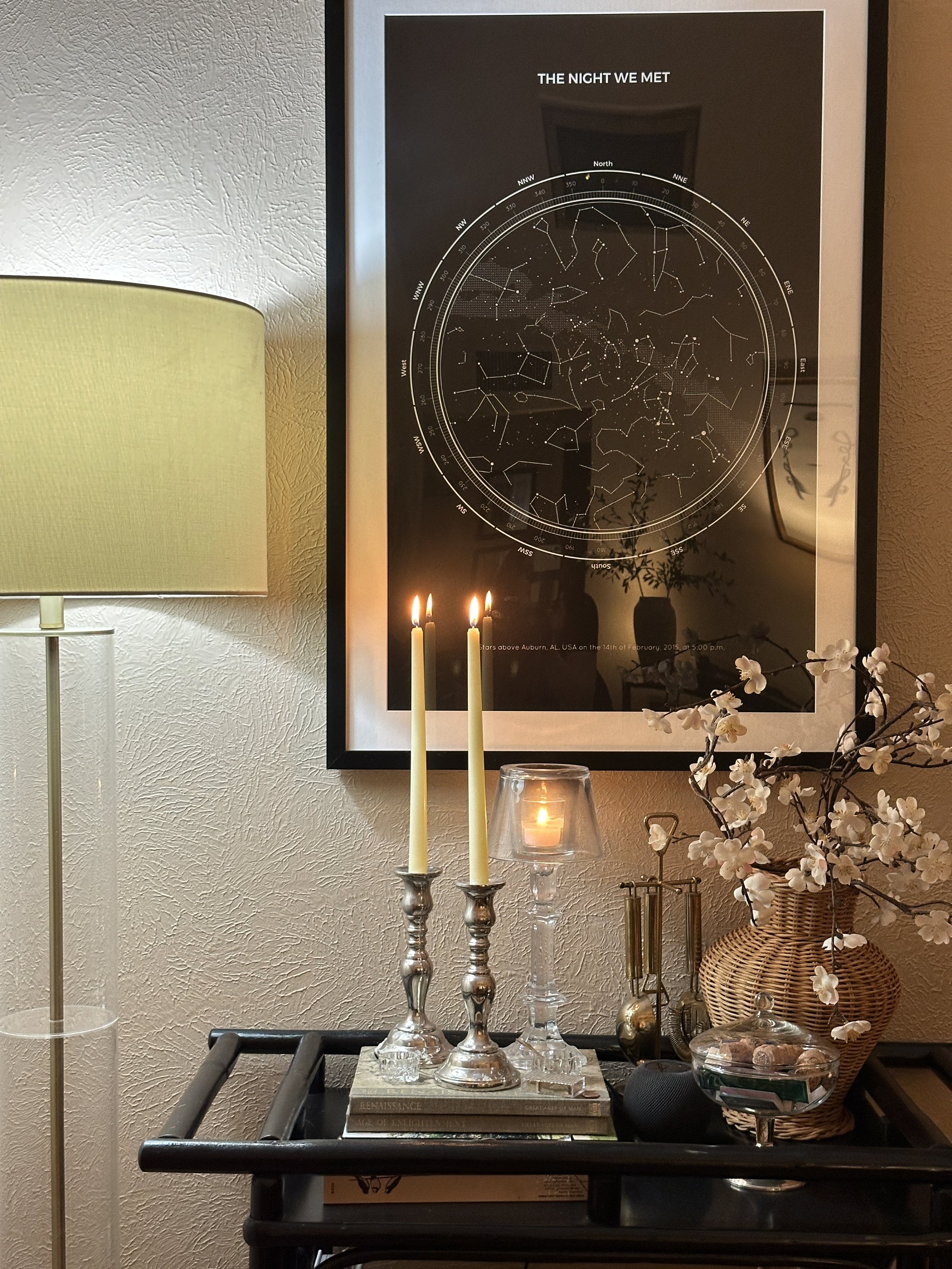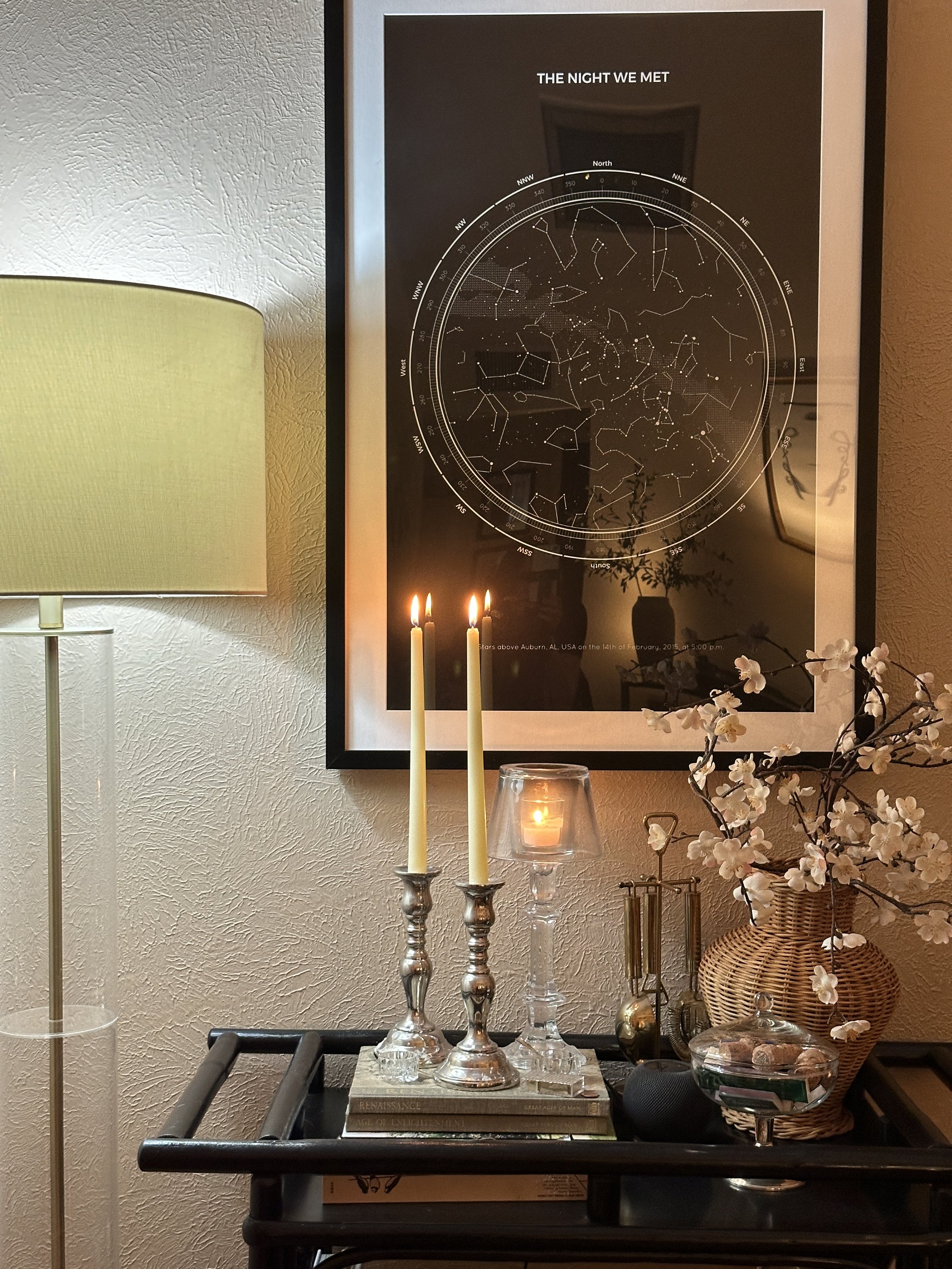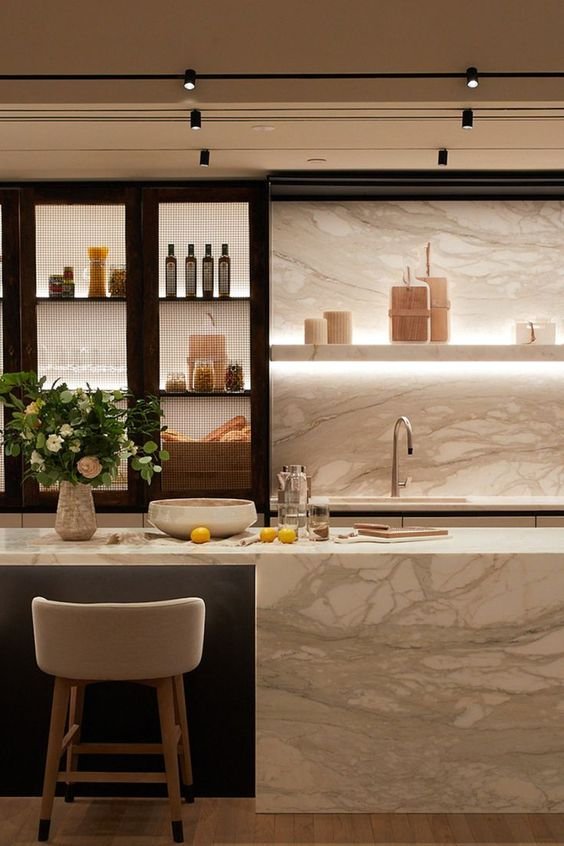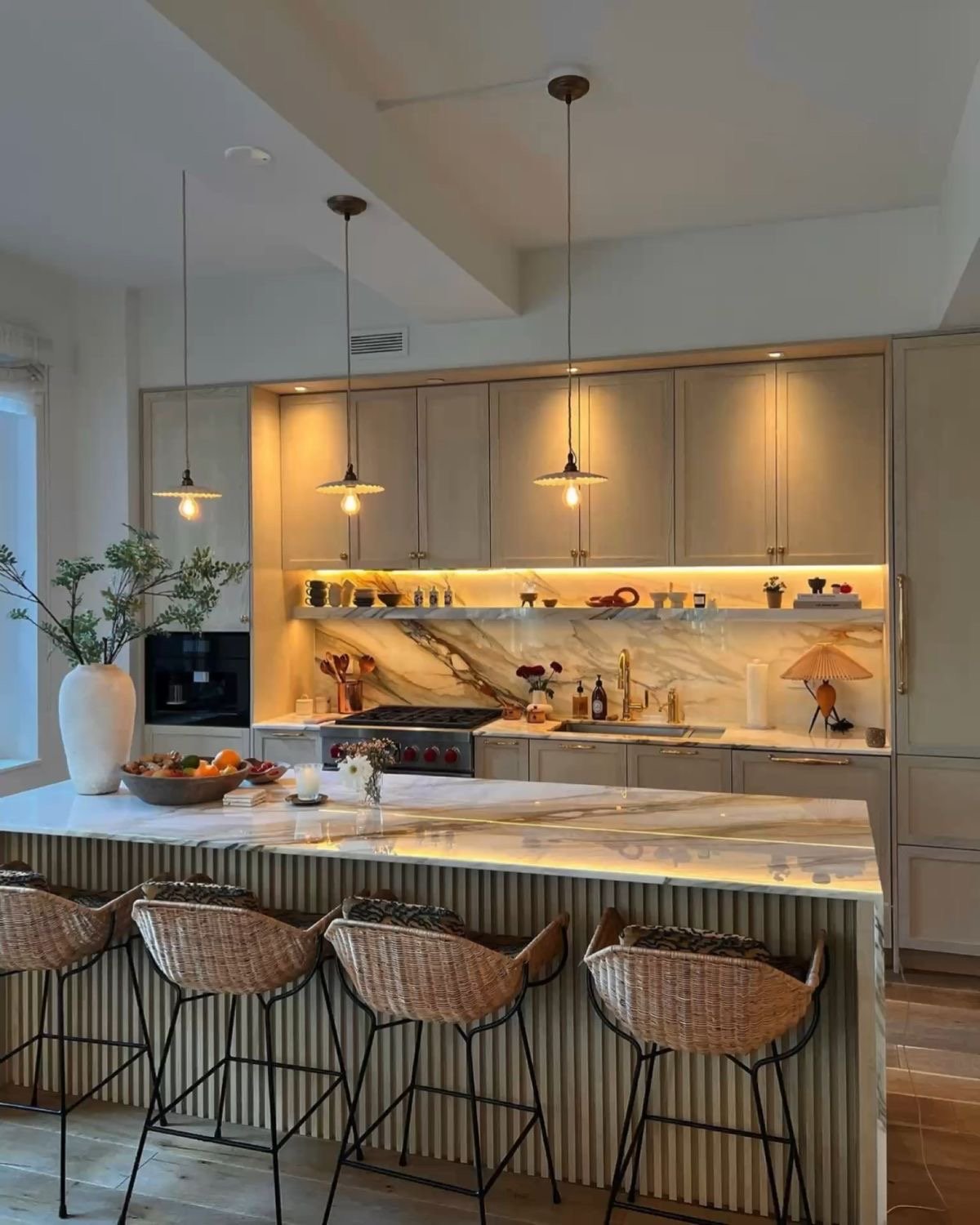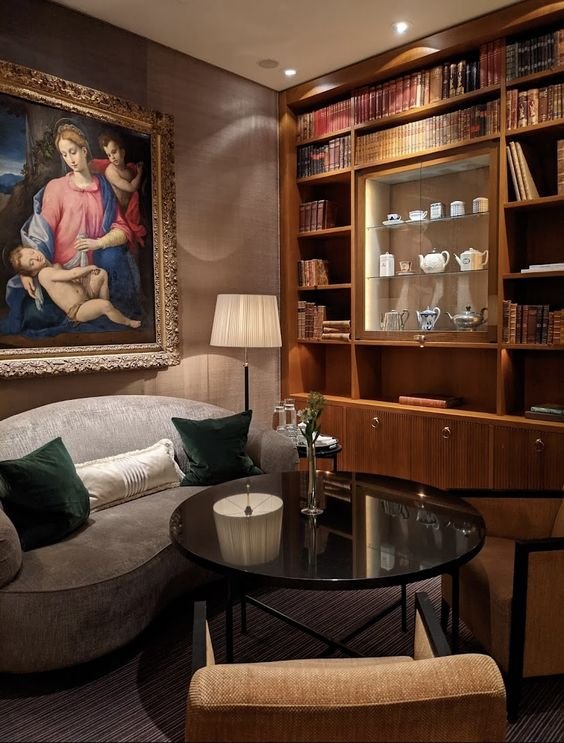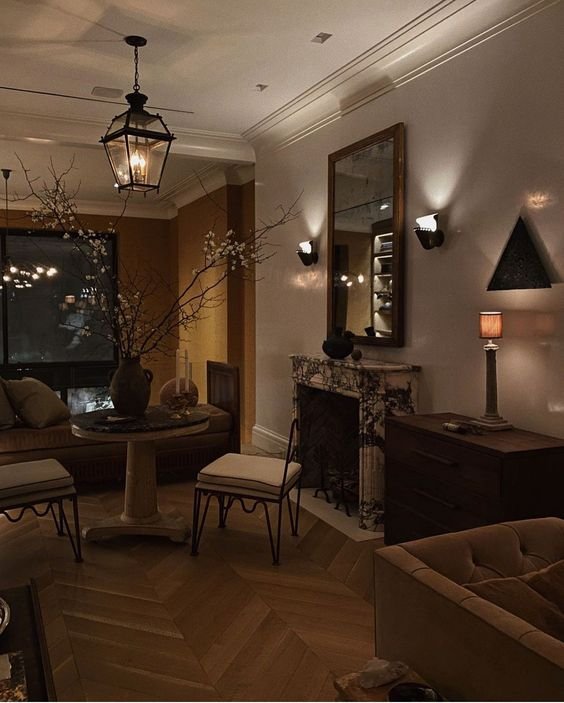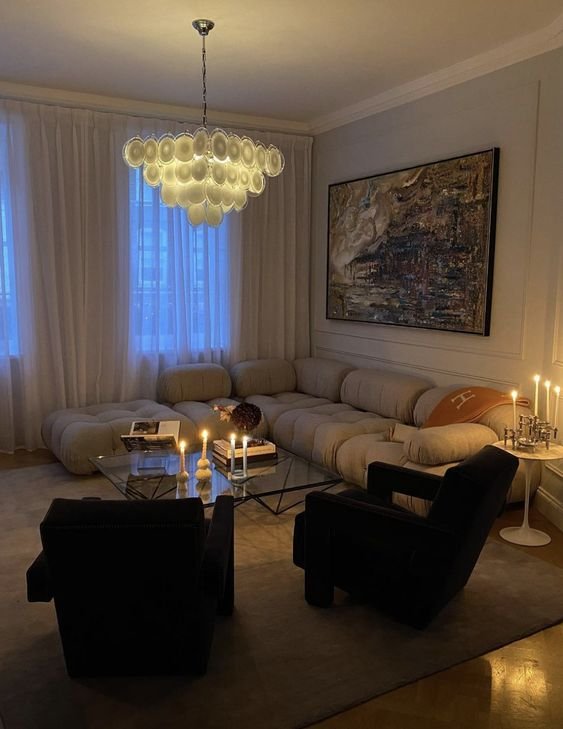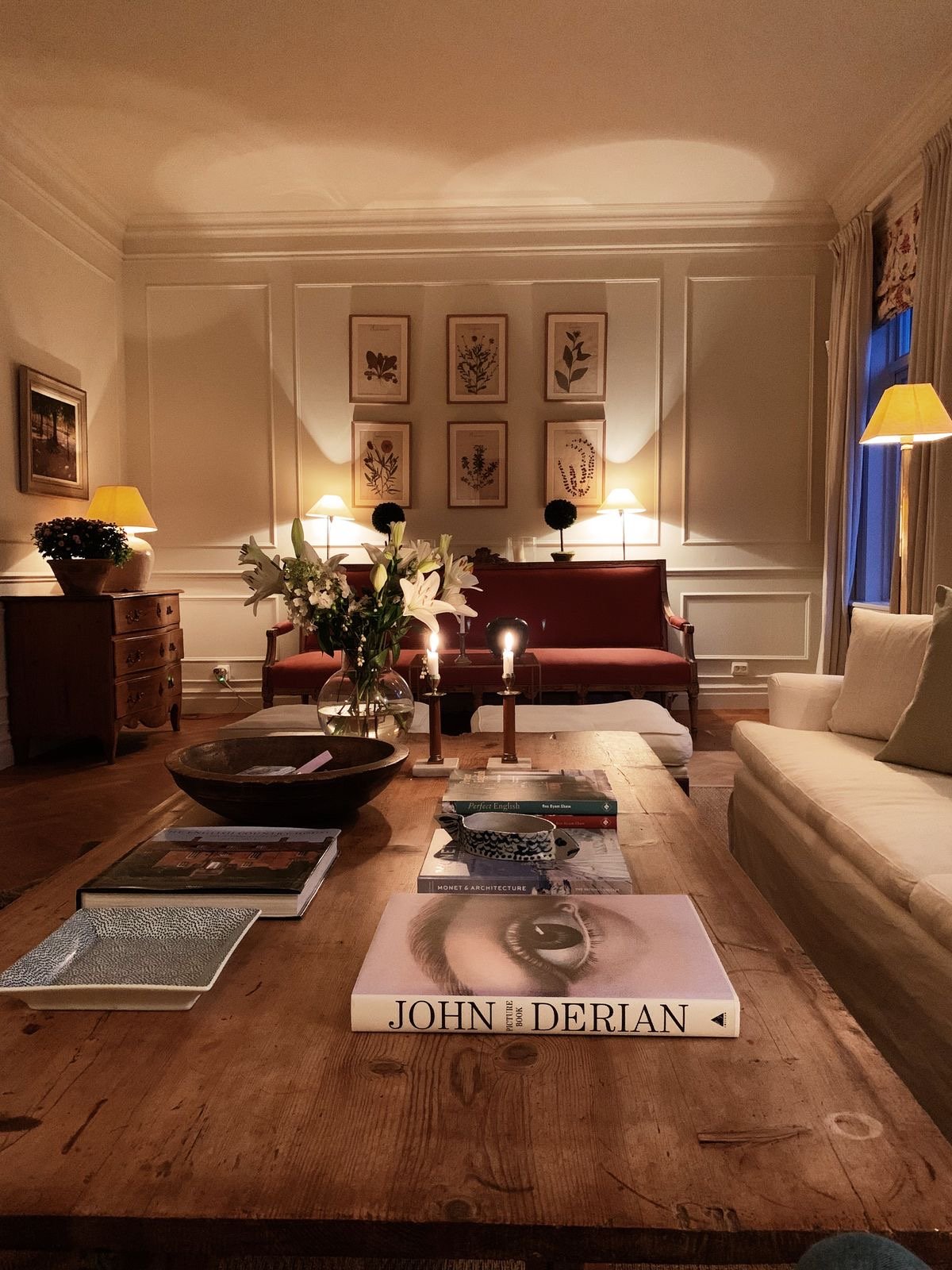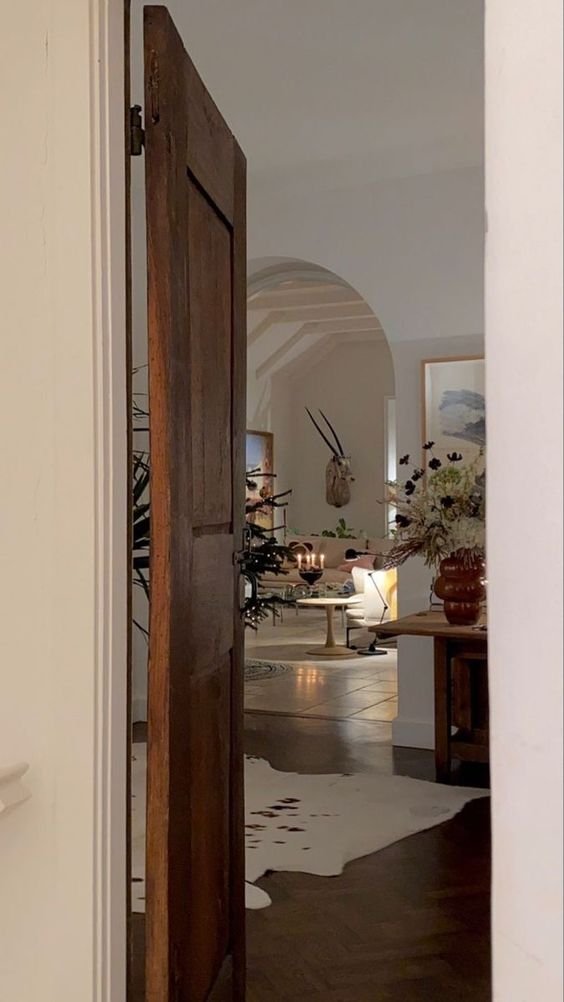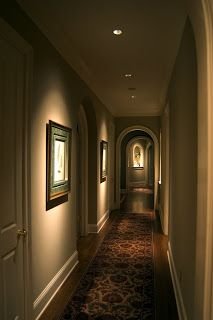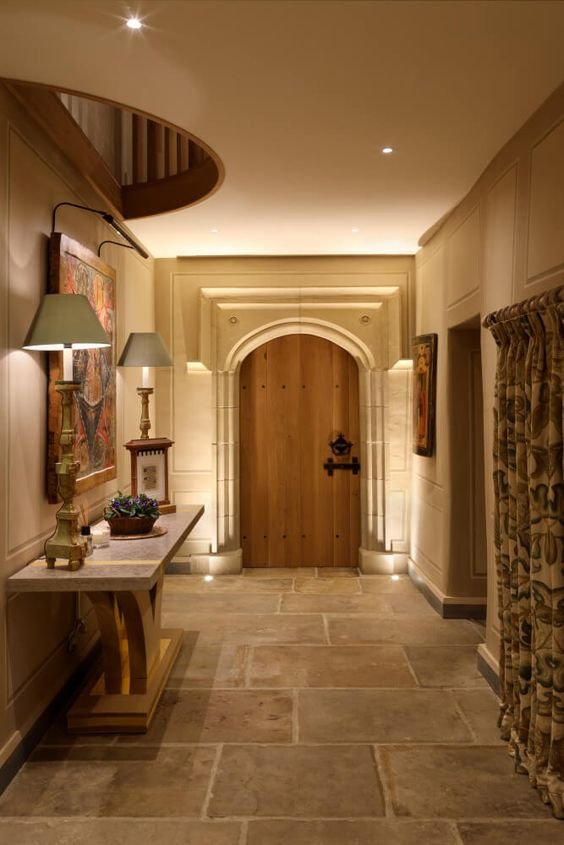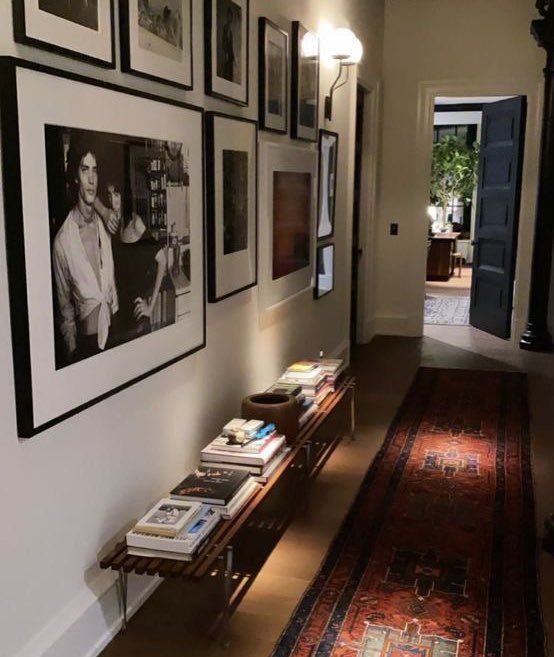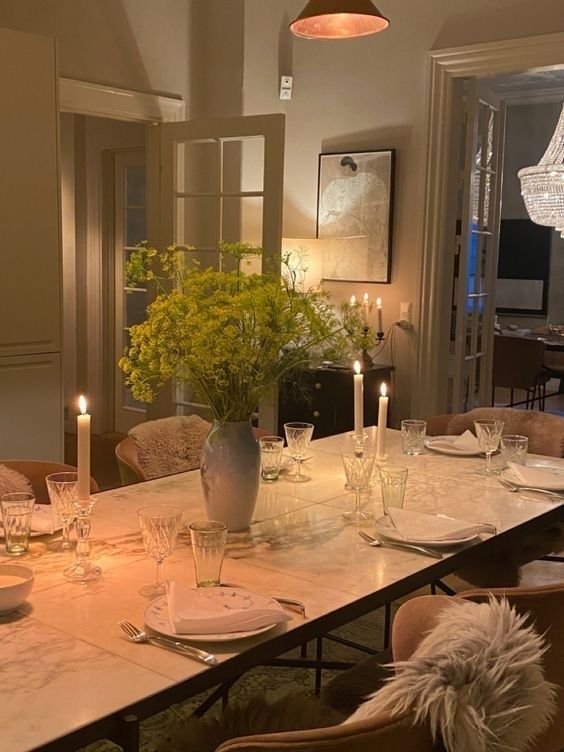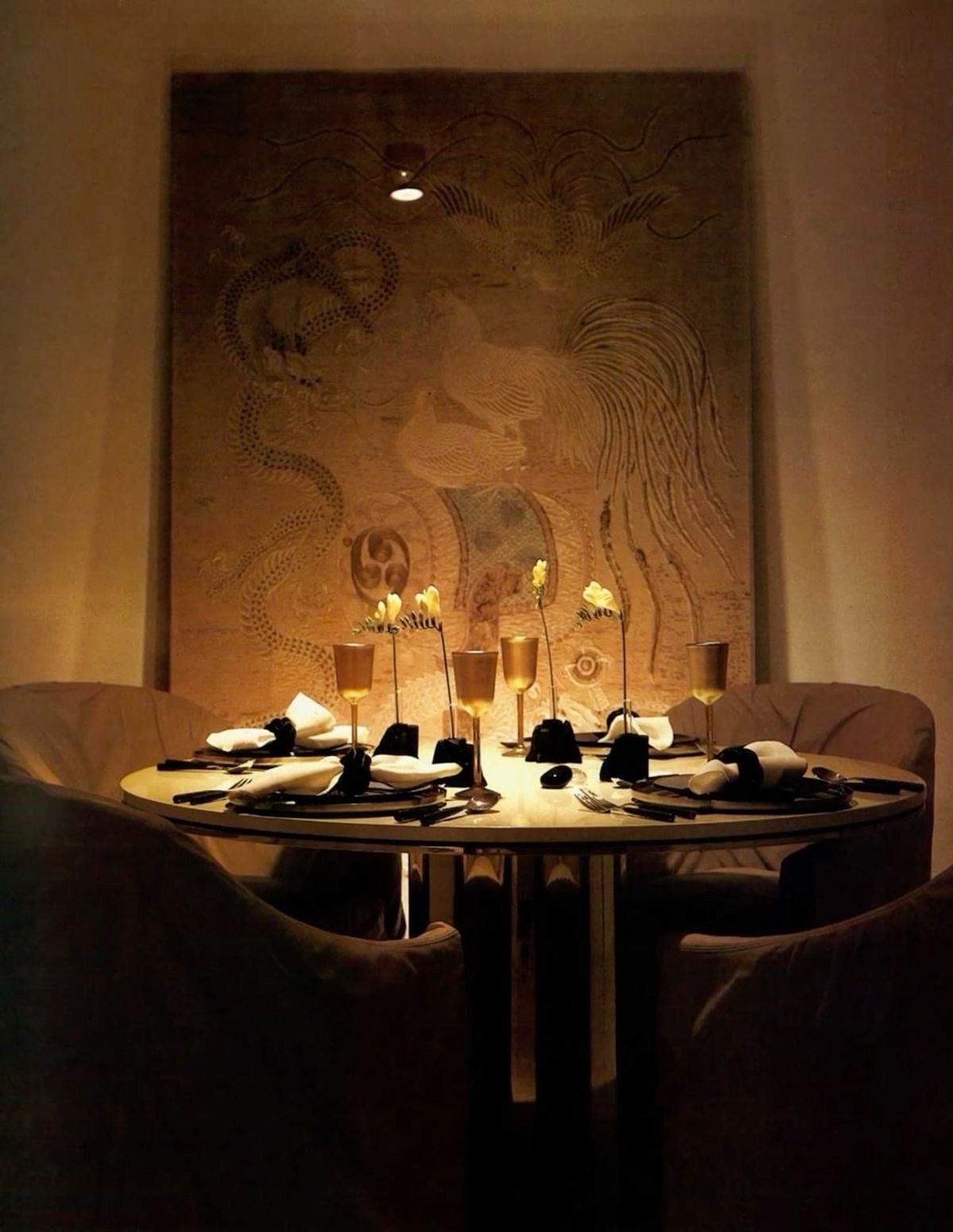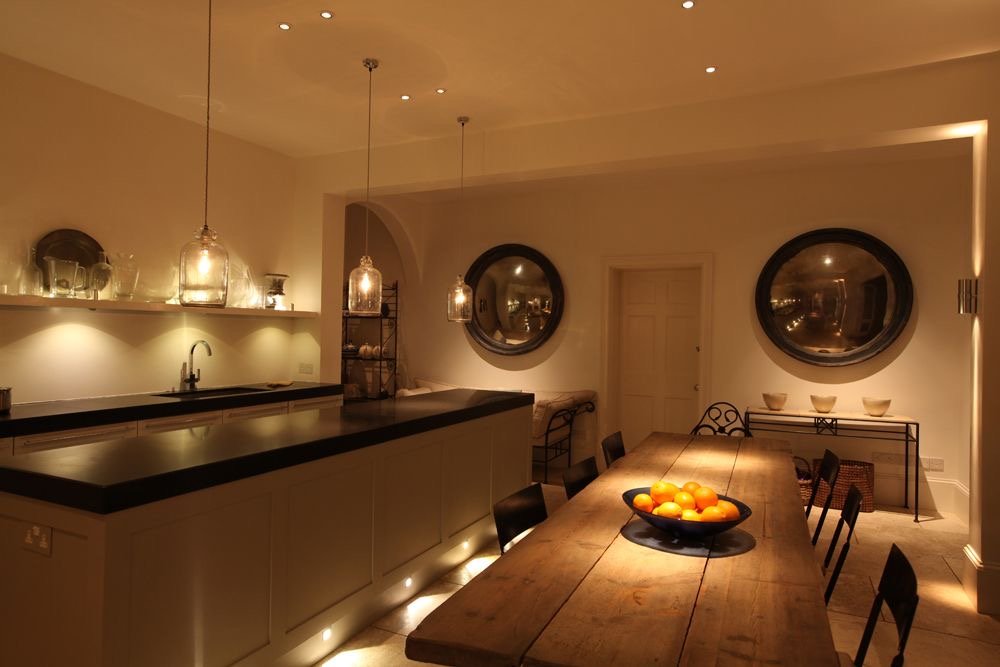A Comprehensive Guide to Choosing the Right Light Bulbs for Every Room
DECODING YOUR LIGHT BULB
Have you ever felt lost when it comes to getting replacement bulbs for your lamps? There are A TON of options when it comes to light bulbs, but lucky for you, I’m here to break it all down for you.
The most important thing when picking out light bulbs is Color temperature, Lumens, and Wattage. Bear with me, I’ll keep this short and super informative.
LIGHT BULBS HAVE “COLOR” AND THIS IS SUPER IMPORTANT.
If you know me at all, you know I am super particular about color temperature when it comes to lighting. Color temperature on a light bulb is called Kelvin. This measures the color hue of the light omitted from the bulb. Standard bulbs start at 2700K and go all the way up to 5000K. Essentially, the lower the kelvin number, the warmer coloration the light will be.
My rule of thumb is that all decorative and ambient lighting is at 2700K, or sometimes called “soft white” if you are looking at a light bulb box. This includes my spot lights, table lamps, floor lamps. In my home, all my “task” lighting is at 3000K, or sometimes called “warm white” if you are looking at a light bulb box. This includes my desk lighting, bathroom mirror and any task lighting in your kitchen. Please, I beg of you, don’t go above 3,000K for your color temperature. Trust me, the higher the color temperature, or the “cooler” in tone your lighting is will make your space feel more institutional. If you go with a lower color temperature, your space will feel warmer and have that “candlelight” glow effect.
Here’s a helpful tip: If you want your light to be more powerful or brighter, look for a bulb with a higher LUMEN, not a higher COLOR TEMPERATURE.
HOW TO PICK THE RIGHT LUMEN OR “BRIGHTNESS”
A Lumen is the “distance” of light a light bulb emits. There is the fancy term called “foot candle” that measures this exact thing. There can be a lot of math done here to get the correct “foot candle” per room. In general, you want the following amount of total lumens per space in your home. You can get to this number by adding up all of the lumen’s per bulb in your space.
Kitchen: 3,000 to 4,000 lumen
Dining Room: 2,000 to 3,000 lumen
Living Room: 1,000 to 2,000 lumen
Bedroom: 1,000 to 2,400 lumen
Hallways: 500 to 1,000 lumen
Here is an example: in my living room I have 4 table lamps. Two on either side of the TV, and two on either side of the sofa. Each bulb has about 500 lumens, so the total lumens or “brightness” of my living room is 2,000. Since I NEVER EVER allow the overhead light to be turned on, I wanted the table lamps to omit enough light to brighten the whole room.
Kitchen Lighting Inspo
Living Room Lighting Inspo
Hallway Lighting Inspo
Dining Room Lighting Inspo
what is a watt and why is it important
A Watt is the unit of measure that quantifies the max amount of power your lamp can handle. Basically, no matter what bulb you get make sure to only use bulbs that are the correct wattage for your lamp. Usually you can find this information where the bulb actually screws in. Using the wrong wattage in a light bulb is a huge fire hazard!
If you are using LED bulbs, they always use less power/wattage. On the box it will usually say what incandescent wattage is equivalent to (i.e. LED 12 Watt is equivalent to a standard 40 W bulb).
my favorite light bulbs
If you are looking for a standard , not smart light, these are my favorites. They are 800 lumen, so they will work well in every space in your home. They are 2700K or “Soft White”. They are also a 60W equivalent LED, so they will work with any decorative lamp.
If you are looking to play around with color temperature, I would suggest getting some smart bulbs. You can play around with which color temperature, and brightness you like in your space!
Thanks for reading!
*Some Images sourced via Pinterest


